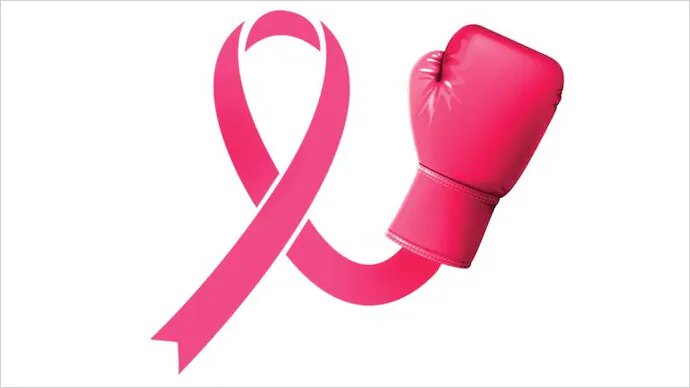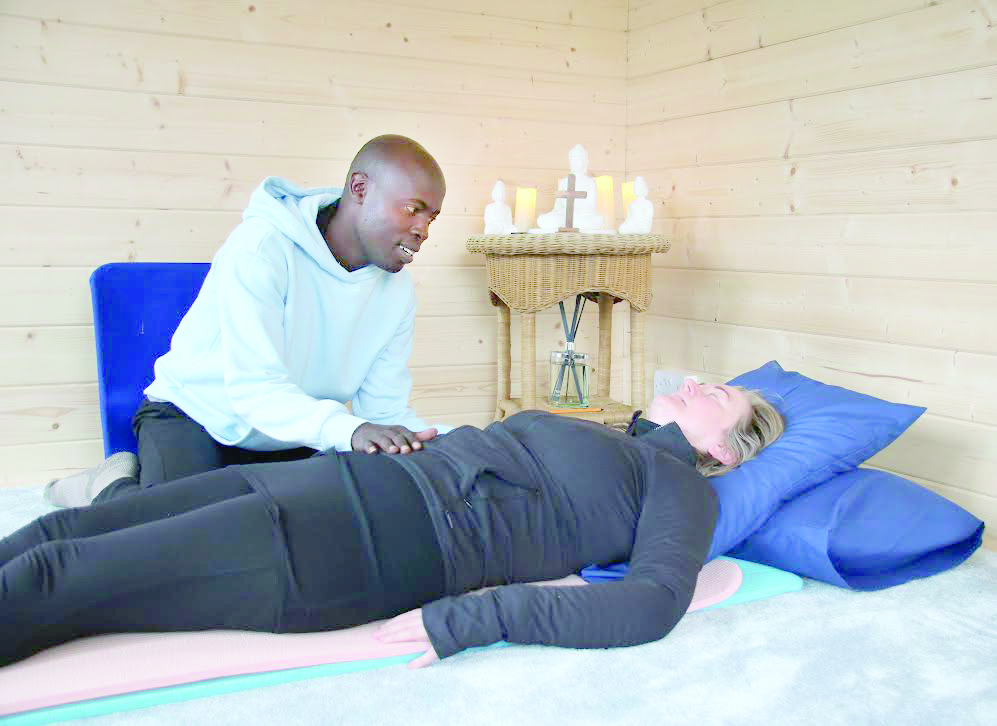Diagnostic delay, stigma haunt cervical cancer care

Foul smell, bleeding between periods, burns from wounds around her vagina and excruciating pelvic pains sum up the struggles 33-year-old Mary Atieno goes through on a daily basis.
When Mary was diagnosed with stage IIA cervical cancer in 2021, she felt overwhelmed. She had little information about the disease and her only source of information was the internet and friends.
Before the diagnosis, Mary had been going on with her day-to-day life and took care of her first child who was born of rape when she was 13 years old, in 2003, an incident that saw her contract HIV.

She had adjusted to living with HIVAids and was getting used to taking her Antiretroviral Drugs (ARVs) as required and living a healthy life when she met another man who also left her pregnant again after a short-lived relationship. “My pregnancy journey this time was different, I was diagnosed with anaemia, and had to have an emergency blood transfusion, which affected my legs and induced early labour when I was six months pregnant,” she recalls.
It did not take long after the birth of her child in 2017 before she started exhibiting symptoms she did not understand, and which turned out to be cervical cancer signs.
Delay in diagnosis
She ignored the symptoms for a while and only went to the hospital when she realised that what she thought was menstrual blood wasn’t stopping. She sought to find out what was the cause of the consistent ‘menstrual’ flow by seeking medical help at Embu Level 5 hospital, where she was diagnosed with cervical cancer and referred to Kenyatta National Hospital (KNH) for treatment. Another biopsy was undertaken at KNH and confirmed the cervical cancer diagnosis, and the cancer had spread to her liver.
“I was staying in Mwea, Kirinyaga County then and at this point all I thought about was how I was going to survive through the regular treatments at KNH and ensure my children were safe. I was lucky to find a good Samaritan who helped us settle in Nairobi and was generous enough to provide accommodation, food and shelter,” she says.
She has had to adapt to a weekly clinic routine for chemotherapy sessions, making her life revolve around home and hospital.
For Mary, her biggest regret is not knowing that regular screening for cervical cancer could have saved her from the situation she is in now.
Although everything is slowly getting better, she is still traumatised by the rejection she has faced from friends.
On many occasions, she has had to explain that the condition has got nothing to do with her past lifestyle.
“I have felt the pain of people running away from me, because of the smell that comes with the disease and bleeding. I remember while I was undergoing treatment, a doctor once hurled insults at me for not being hygienic,” she recalls.
Her lifestyle has changed drastically and even while still at home in Mwea, she had to close down her business because she wasn’t getting any more customers.
Exposure to virus
Cervical cancer is the primary cause of cancer-related deaths among women in Kenya, with numbers projected to more than double to 22 deaths per day by 2040.
Dr Mwanjala Gasambi, a clinical oncologist explains that the Human papillomavirus (HPV), the main causative agent of cervical cancer, is the most common transmissible Sexually Transmitted Infection (STI) worldwide adding that most sexually active adults could be exposed to the virus at some point in their lives. “Persistent infection of the cervix with the HPV is necessary for the development and progression from precancerous lesions, which is Cervical Intraepithelial Neoplasia (CIN)) to cervical cancer, a process that can take 10 -30 years,” he says.
He adds that a co-infection with other STIs, such as Chlamydia and HIV has also been shown to increase the risk of cervical cancer.
Hidden symptoms
Although cervical cancer cells develop very slowly, like all cancers types, symptoms related to cervical cancers can broadly be divided into two, localised symptoms, which is manifested when the cancer hasn’t spread to other body organs.
The most common is irregular or abnormal vaginal bleeding, especially after intercourse. Other symptoms include foul-smelling vaginal discharge, pelvic pain and a cervical mass.
The second division is Metastatic symptoms, which are seen when the cancer has spread to other organs.
“A spread to the lungs can cause shortness of breath and persistent cough, a spread to the liver can cause yellowing of eyes, known as jaundice, stomach swelling and lower limb swelling, while a spread to the bones can cause bone pain and fractures,” Dr Gasambi explains.
Dr Gasambi says that prevention is mainly by avoiding risk factors that predispose an individual to cervical cancers, including being sexually active at a young age, having multiple sexual partners, using oral contraceptives for a long period of time, co-infection with other STIs and a low immune system.
Diagnosis is done by Histopathological Examination (HPE), which involves taking a small sample of the cervix to be examined by a pathologist. “For those who don’t have symptoms, but have undergone screening by either pap smear, suspicion for cancer will necessitate biopsy of the cervix for confirmation of cervical cancer by the pathologist,” he says.
“A multidisciplinary tumour board meets to discuss how best to treat an individual depending on many factors that a patient presents with, as cancer treatment is not a one size fit all approach, but rather it is individualised depending on many other factors,” adds Gasambi.
He highlights that factors such as preservation of fertility, co-morbidities, performance status, and histological type have to be considered in the treatment of cervical cancer.
Different treatment options can be used depending on the stage of the disease, including surgery, chemotherapy and radiotherapy.
Dr Karen Muthembwa, an obstetrics and gynaecology resident doctor at KNH explains that in order to reduce cases of cervical cancer in women between the ages of 25 and 64 years, they are advised to get pap smears, a procedure used to test for cervical cancer in women, every three years. However, HIV infected women are advised to go every year. “Cervical cancer is one of the cancers that comes with a lot of discrimination. Survivors face stigma and in most cases shy of from speaking out, because of being judged to have had multiple sexual partners,” she says.
In Kenya, despite the ongoing burden of cervical cancer, strong political will and commitment has led to notable progress in recent years, including the national rollout of the HPV vaccine into the routine immunisation schedule.
Dr Alfred Karagu CEO The Cancer National Institute of Kenya, however, says Kenya still has a long way to go in order to eliminate the disease. “Currently we have about 15 per cent of women who go for screening every year and in order to achieve the target of cervical cancer elimination we need a turnout of about 70 per cent of screenings to be conducted regularly,” he says.
Support system
He adds that one of the major factors affecting screening is stigma.
Also, the fact that women find pap smear invasive makes many women uncomfortable, hence reducing chances of the exercise. “The equipment for screening is available even in the lowest level facilities, but very few women are open to screening. In my view, this is one of the cancers that can be contained, but people opt to wait until they see symptoms in order to act,” he says.
This brings to fore the critical role of having in place key players within the community that are at the forefront in the fight against cervical cancer. Community Health Volunteers fall under this category as they go the extra mile to establish wellness institutes, which support cancer patients.
For instance, Veronica Mwangi, the founder of Lady Hope Wellness Institute was thrown into matters cervical cancer at a young age.
“I used to hear about women in my village dying from bleeding, which I later came to find out was cervical cancer. What troubled me was that cervical cancer could be cured if detected early,” she recalls.
It is at this discovery that she started pushing women to go for screening, but there was still a gap that needed to be filled to speed up the recovery of patients. “Finances, a good diet, a strong support system and a positive mentality always play a major role in the management of patients healing process,” she explains.
This led her to starting up the institute, which at first offered support for women with cervical cancer, but with time has progressed to offering support for both male and female cancer patients.











